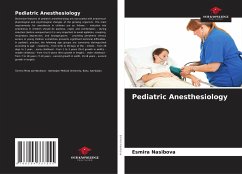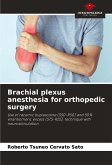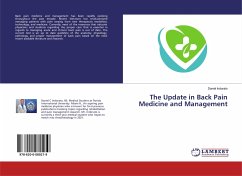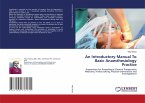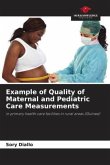Distinctive features of pediatric anesthesiology are associated with anatomical-physiological and psychological changes of the growing organism. The main requirements for anesthesia in children are as follows: - induction into anesthesia in children should be painless, rapid, and comfortable; - during induction (before venipuncture) it is very important to avoid agitation, coughing, respiratory depression, and laryngospasm; - providing peripheral venous access in young children sometimes presents significant technical difficulties. In pediatric practice, the following age groups are commonly distinguished according to age: - newborns - from birth to 28 days of life; - infants - from 29 days to 1 year; - early childhood - from 1 to 3 years (first growth in width); - middle childhood - from 4 to 6 years (first growth in length); - older childhood - from 7 to 18 years (7-10 years - second growth in width, 10-18 years - second growth in length).
Bitte wählen Sie Ihr Anliegen aus.
Rechnungen
Retourenschein anfordern
Bestellstatus
Storno

